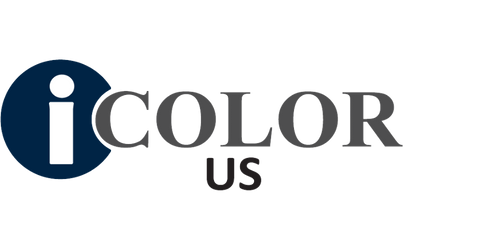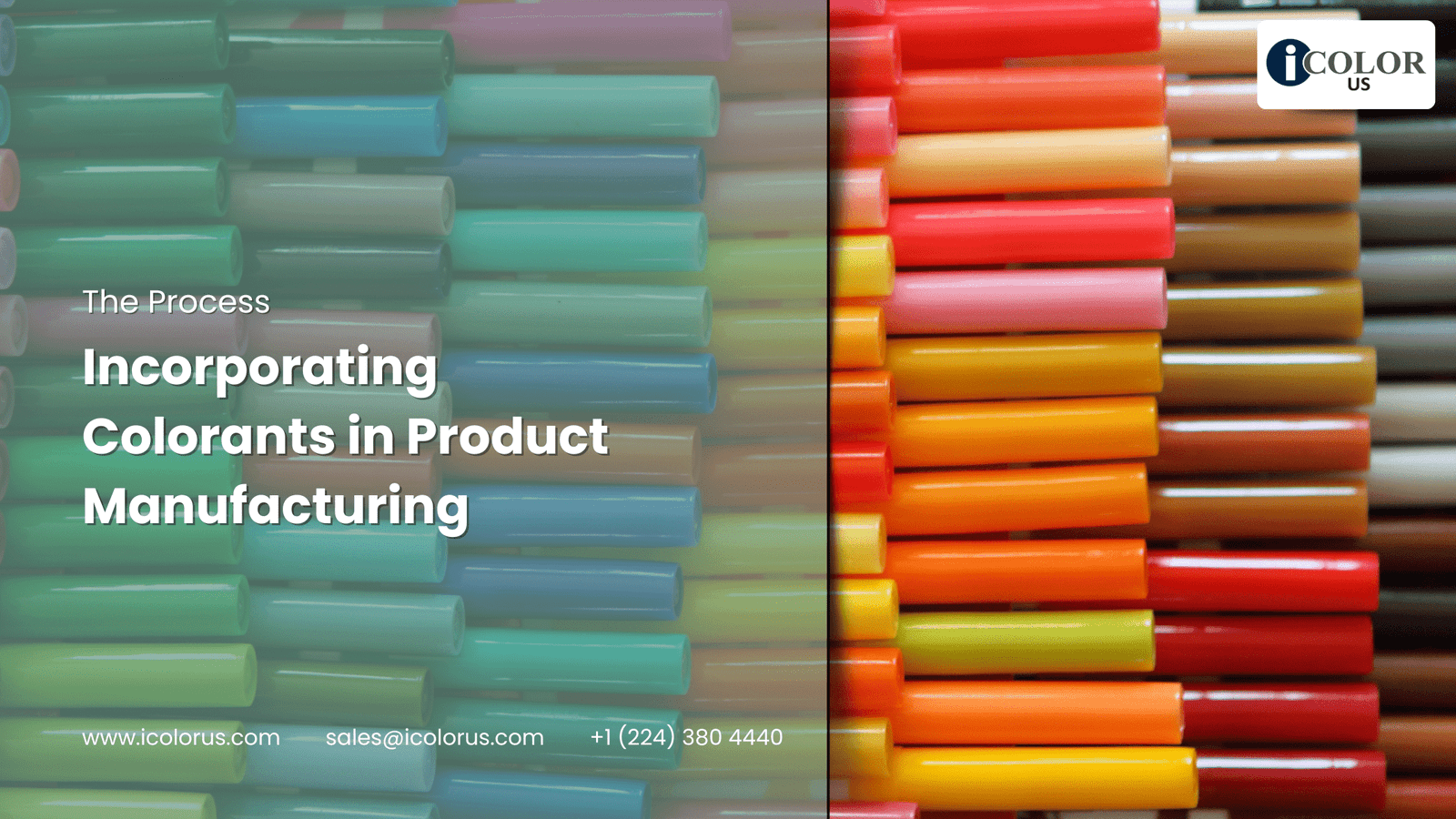Incorporating Colorants in Product Manufacturing
In the vibrant world of product manufacturing, color plays an integral role. From branding to aesthetics, the right hue can make a product stand out on the shelf, evoke emotions, and influence purchasing decisions. Incorporating colorants into products is a complex and fascinating process that requires precision, expertise, and a deep understanding of both chemistry and consumer trends. In this article, we delve into the intricate process of incorporating colorants in product manufacturing, providing insights into the methods, challenges, and innovations that define this crucial aspect of industrial production.
Understanding Colorants: Types and Applications
Before diving into the manufacturing process, it’s essential to understand what colorants are and the different types available. Colorants can be broadly categorized into dyes and pigments.
- Dyes are soluble substances that impart color by staining or chemically bonding with the substrate. They are typically used in textiles, plastics, and some coatings.
- Pigments are insoluble particles that impart color through dispersion. They are widely used in paints, coatings, plastics, inks, and cosmetics.
Each type of colorant has unique properties and applications. For instance, pigments provide opacity and are stable under a wide range of conditions, making them ideal for outdoor applications. Dyes, on the other hand, offer vibrant colors and are often used where transparency is desired.
The Role of Colorants in Product Manufacturing
Colorants serve multiple functions in product manufacturing:
- Aesthetics and Branding: Colors can create a strong visual impact and are often used to distinguish brands and products.
- Functionality: In some cases, colorants can improve product performance. For example, UV-absorbing colorants can enhance the durability of outdoor products.
- Compliance and Safety: Certain industries, such as food and pharmaceuticals, use colorants to indicate product type or dosage, ensuring compliance and safety.
The Process of Incorporating Colorants
Incorporating colorants into products is a multi-step process that requires meticulous planning and execution. Here’s a step-by-step look at how this process unfolds in a manufacturing setting.
Step 1: Selecting the Right Colorant
The first step is selecting the appropriate colorant based on the product’s requirements. This involves considering factors such as:
- Compatibility: The colorant must be compatible with the product’s base material.
- Stability: The colorant should maintain its color and properties under the product’s intended use conditions.
- Regulatory Compliance: The colorant must meet all relevant regulatory requirements, especially in industries like food, cosmetics, and pharmaceuticals.
Step 2: Formulating the Colorant
Once the appropriate colorant is selected, the next step is to formulate it into a usable form. This can involve:
- Pre-dispersion: Pigments are often pre-dispersed in a carrier medium to ensure uniform distribution in the final product.
- Solubilization: Dyes may need to be dissolved in a solvent or mixture to achieve the desired concentration and consistency.
Step 3: Mixing and Dispersion
The formulated colorant is then mixed with the base material. This step is crucial for achieving uniform color distribution and can involve various techniques:
- High-Shear Mixing: Used for liquids and pastes, high-shear mixers ensure that the colorant is evenly distributed throughout the product.
- Extrusion: Common in plastics manufacturing, extrusion involves melting the base material and mixing in the colorant under high pressure.
- Milling: For solid products, milling can be used to grind the colorant and base material together, ensuring an even distribution of color.
Step 4: Quality Control
Quality control is an integral part of the colorant incorporation process. It ensures that the final product meets the desired color specifications and performance criteria. Key quality control measures include:
- Color Matching: Using spectrophotometers and colorimeters, manufacturers can precisely measure and match colors to ensure consistency.
- Performance Testing: Products are tested for properties such as UV resistance, heat stability, and chemical resistance to ensure that the colorant performs as expected.
- Regulatory Testing: Especially in regulated industries, products are tested to ensure they comply with relevant safety and quality standards.
Step 5: Scaling Up for Production
Once the formulation and quality control processes are finalized, the next step is scaling up for production. This involves:
- Batch Production: Small-scale batches are produced to ensure that the process is reproducible and that the colorant performs consistently in larger quantities.
- Process Optimization: The manufacturing process is optimized to improve efficiency and reduce costs while maintaining quality.
- Continuous Monitoring: During production, continuous monitoring and quality checks are performed to ensure that the final product consistently meets specifications.
Innovations in Colorant Technology
The field of colorant technology is constantly evolving, with new innovations enhancing the capabilities and applications of colorants in product manufacturing. Some notable trends and advancements include:
- Sustainable Colorants: With increasing emphasis on sustainability, manufacturers are developing eco-friendly colorants derived from natural sources or designed to minimize environmental impact.
- Nanotechnology: Nanoparticle colorants offer enhanced properties such as improved dispersion, higher color strength, and greater UV stability.
- Smart Colorants: These colorants change color in response to external stimuli such as temperature, pH, or light, enabling new functionalities in products ranging from textiles to packaging.
Challenges in Incorporating Colorants
Despite the advancements, incorporating colorants into products presents several challenges:
- Color Consistency: Achieving consistent color across different batches and production runs is a significant challenge, especially for complex hues.
- Regulatory Compliance: Navigating the regulatory landscape can be complex, particularly for products that are used in food, cosmetics, or pharmaceuticals.
- Cost Management: High-quality colorants can be expensive, and balancing cost with performance is a constant challenge for manufacturers.
Industry Statistics and Market Trends
The global colorants market is substantial and growing. According to a report by MarketsandMarkets, the global colorants market size is projected to grow from USD 48.5 billion in 2020 to USD 60.2 billion by 2025, at a CAGR of 4.4% during the forecast period. This growth is driven by increasing demand from various end-use industries such as textiles, plastics, and cosmetics.
In the plastics industry alone, the use of colorants is projected to witness significant growth due to the rising demand for colored plastics in automotive, packaging, and consumer goods. Similarly, the cosmetics industry is seeing a surge in demand for natural and organic colorants as consumers become more health-conscious and environmentally aware.
Conclusion
Incorporating colorants into product manufacturing is a sophisticated process that requires a blend of science, technology, and artistry. From selecting the right colorant to ensuring quality and regulatory compliance, each step is crucial in delivering products that not only meet aesthetic standards but also perform reliably and safely.
As the industry continues to innovate and evolve, manufacturers like iCOLOR US LLC play a vital role in advancing colorant technology and helping brands achieve their desired visual and functional outcomes. By leveraging cutting-edge techniques and sustainable practices, the future of colorants in product manufacturing promises to be as vibrant and dynamic as the colors themselves.





